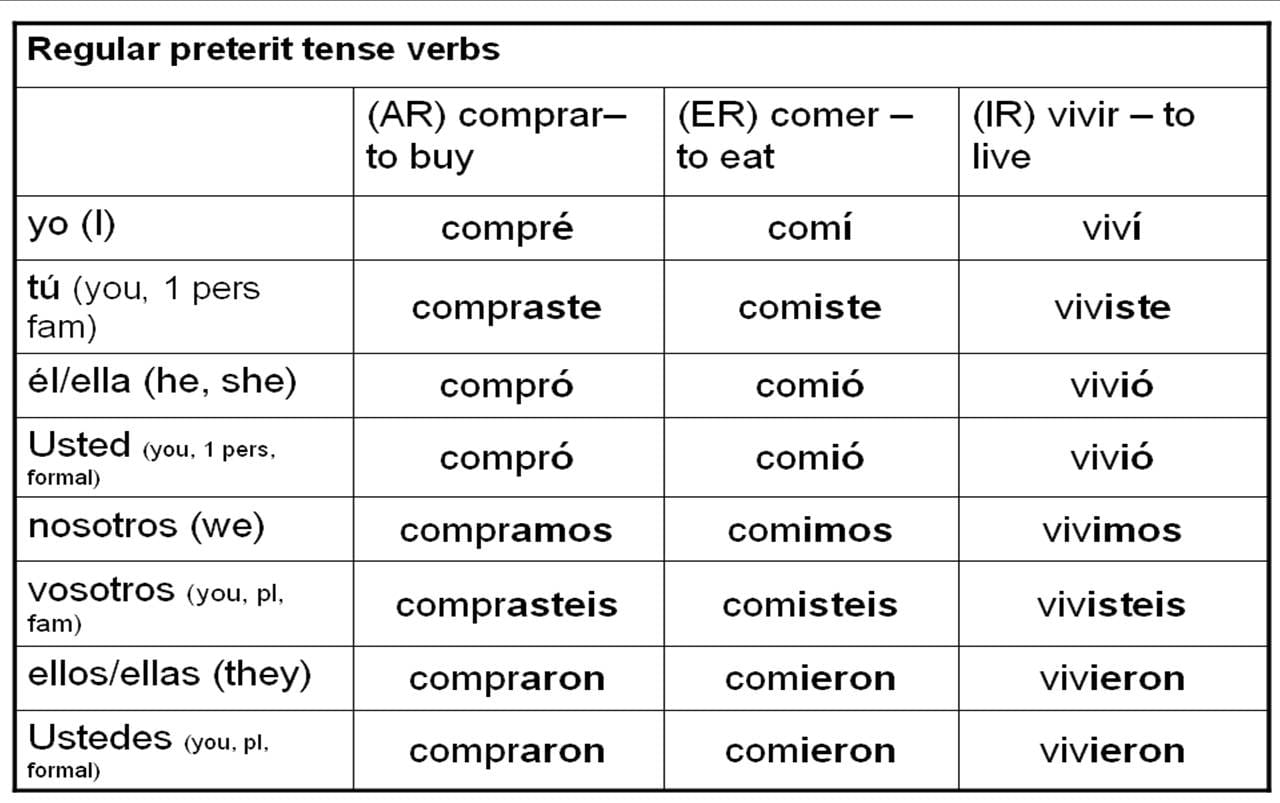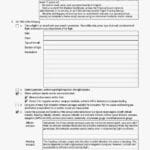This guide will walk you through everything you need to know about conjugating the Spanish reflexive verb bañarse. From simple present tense to the complexities of the subjunctive, we’ll cover it all. We’ll also explore the nuances of its meaning, regional variations, and common pitfalls, helping you confidently use bañarse in any conversation. This in-depth guide is designed to be more helpful than a typical page-one Google result, providing you with a complete understanding of this essential verb. For further outdoor adventures, explore our camping merit badge workbook and understand C1V1 C2V2 integration.
Understanding the Basics of Bañarse
Bañarse translates to “to bathe oneself” or “to take a bath.” In many parts of Latin America, it’s also commonly used for “to shower.” While ducharse specifically means “to shower,” bañarse is often the more common choice. As a reflexive verb, it always requires a reflexive pronoun (me, te, se, nos, os, se) that agrees with the subject.
Bañarse Conjugation Tables
Here’s a comprehensive breakdown of bañarse conjugations across various tenses and moods:
Indicative Mood
| Pronoun | Present | Preterite | Imperfect | Future | Conditional |
|---|---|---|---|---|---|
| Yo | me baño | me bañé | me bañaba | me bañaré | me bañaría |
| Tú | te bañas | te bañaste | te bañabas | te bañarás | te bañarías |
| Él/Ella/Usted | se baña | se bañó | se bañaba | se bañará | se bañaría |
| Nosotros | nos bañamos | nos bañamos | nos bañábamos | nos bañaremos | nos bañaríamos |
| Vosotros | os bañáis | os bañasteis | os bañabais | os bañaréis | os bañaríais |
| Ellos/Ellas/Ustedes | se bañan | se bañaron | se bañaban | se bañarán | se bañaría |
Subjunctive Mood
| Pronoun | Present | Imperfect (1) | Imperfect (2) |
|---|---|---|---|
| Yo | me bañe | me bañara | me bañase |
| Tú | te bañes | te bañaras | te bañases |
| Él/Ella/Usted | se bañe | se bañara | se bañase |
| Nosotros | nos bañemos | nos bañáramos | nos bañásemos |
| Vosotros | os bañéis | os bañarais | os bañaseis |
| Ellos/Ellas/Ustedes | se bañen | se bañaran | se bañasen |
Note: The future and perfect tenses of the subjunctive are less commonly used and are not included here for conciseness.
Imperative Mood
| Pronoun | Affirmative | Negative |
|---|---|---|
| Tú | báñate | no te bañes |
| Usted | báñese | no se bañe |
| Nosotros | bañémonos | no nos bañemos |
| Vosotros | bañaos | no os bañéis |
| Ustedes | báñense | no se bañen |
Other Forms
- Gerund: bañándose
- Participle: bañado
- Infinitive: bañarse
Bañarse vs. Bañar
The crucial difference lies in reflexivity: bañarse means “to bathe oneself,” while bañar means “to bathe someone or something else.” For example, me baño (I bathe myself) versus baño al perro (I bathe the dog).
Regional and Cultural Nuances
While dictionaries define bañarse as both “to bathe” and “to shower,” in much of Latin America, it predominantly means “to shower.” Ongoing sociolinguistic research suggests that cultural factors and even climate likely play a role in these variations. For instance, the frequency with which bañarse is used may vary with how common daily showers are in a particular region. Some experts believe that these linguistic nuances reflect broader cultural differences in hygiene practices.
Tips for Mastering Bañarse
Regular Practice: Consistent use is key. Incorporate bañarse into your daily Spanish practice.
Visual Aids: Keep the conjugation tables handy for quick reference and reinforce the patterns.
Real-World Application: Engage in conversations with native speakers to grasp the nuances of usage.
Cultural Awareness: Be mindful of regional variations in meaning and usage.
Common Pitfalls and How to Avoid Them
One frequent mistake is using the incorrect reflexive pronoun. Always ensure the pronoun agrees with the subject. Another common error is confusing bañarse with bañar. Remember, the reflexive pronoun signals that the subject is performing the action on themselves.
Addressing Misconceptions and Further Insights
It’s worth noting that some cultures may have different perspectives on bathing frequency. For example, actor Jake Gyllenhaal has stated, “I find that bathing is not so necessary sometimes.” This reflects a differing personal view and not a widespread cultural norm. It’s important to recognize and respect these individual differences while understanding common practices.
Furthermore, there is a common misconception in some cultures that bathing during menstruation is harmful. This is completely false. Medical professionals confirm that not only is it not harmful, but it is actually recommended to maintain hygiene. In Spanish, this clarification would be: no sólo no es malo bañarse con la regla sino que te puedes duchar con la regla y te debes duchar con la regla.
Finally, for those raising children in bilingual environments, it might be helpful to know that a child can typically begin to bathe themselves between the ages of 7 and 9. (un niño puede comenzar a bañarse por sí mismo entre los 7 y 9 años). Of course, this can vary depending on individual development.
By understanding the conjugation, usage, and cultural context of bañarse, you can significantly enhance your Spanish communication skills. This guide is designed to be a valuable resource for learners of all levels, providing a comprehensive and nuanced understanding of this essential verb.
- Mastering Leader in Spanish: The Complete Guide - April 19, 2025
- Uncovering Surprising Parallels: England Size Compared to US States - April 19, 2025
- Old Mexico Map: Border Shifts 1821-1857 - April 19, 2025
















